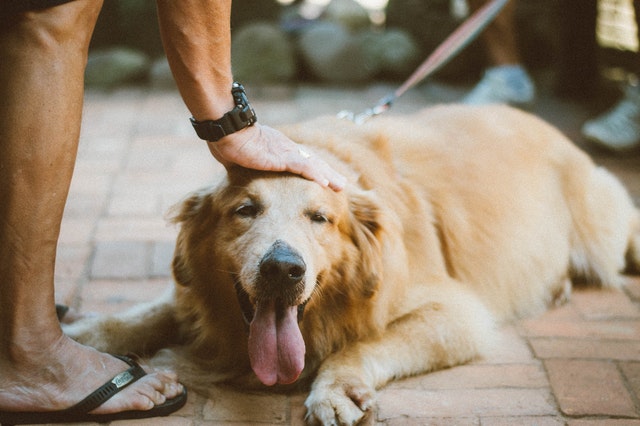Once you bring in a new dog home, it’s best to begin training immediately. But where should you begin? What’s the recommended approach to train a dog? How do you train a dog at home? A trained dog is fun to have around your home, family, and friends. When your puppy isn’t properly trained, it can cause problems both in your home and when you’re out in public. A well-trained dog makes your life easier, especially when you’re taking them out on walks.

There are several options for training your pet. Whether you choose to carry out the training yourself, hire a trainer, or take classes, you can try the following dog training techniques to ease your process.
1. Have Reasonable Expectations
Changing an animals’ behavior takes time. You need to have sensible expectations when changing your dog’s behavior. Also, you need to think about the duration it will take to change the behaviors you don’t like. “A good dog training program starts with building the right relationship between you and your puppy using the best interactive tools,” says the team at edogaustralia.com.au, because, oftentimes, behaviors that are “typical” dog behaviors will take the most time. They include digging, barking, and jumping. You’ll also need to think about how long your puppy has rehearsed a particular behavior. Generally, it’s never too late to change a dog’s behavior, but some will take longer than others.
2. Choose the Name Carefully
Part of the fun of having a new dog is picking the best name for them. But, do you know some dog names are better for training? Consider a short name ending with a strong consonant that your pet can always hear clearly. Names like “Jack” or “Jasper” have a strong ending. Such names perk up dog ears, especially when you emphasize the end. If your new pet is an adult dog, they’re already used to their name. But you can still go ahead and change it. And if your new pet is coming out of a bad situation, a new name shows a fresh start.
3. Think of Training as a Great Chance to Bond
Dog training isn’t just about teaching your pet good behavior; It’s also a great way to bond. You’ll get to understand your pet more than ever before. You might be surprised by his mannerisms, reactions, and the perfect toys or treats that motivate him. “Consider training as a chance for you and your pet to arrive at a stronger understanding of each other,” says Ann M. Davidson, a certified dog trainer at Canine Therapy Corps. “Be attentive to what your puppy or dog likes and hates, and use that to your advantage,” She adds.
4. Your Dog Experiences the World Different Than You Do

We all understand how powerful a dog’s sense is. But, we tend to forget about this many times when dealing with them daily. A dog’s senses are different from yours, which means it experiences the world differently. This is why dogs sniff around new places, sniff each other’s behind, and sense something coming from a distance away. Also, how a dog sees and hears things is naturally different from us. Keep this at the back of your head as it will help you understand plenty of things that flew by unnoticed. Remember to pay attention to how your dog is sensing things and reacting to them to understand his world better.
5. Consider Clicker Training
This type of training is based on operant conditioning. It relies heavily on principles borrowed from positive reinforcement. Clicker training relies on using a device to make a sharp and quick noise, such as a whistle. A clicker sound will signal a dog when a needed behavior is accomplished. Clicker training signals the precise moment the wanted behavior is finished and precisely what is being rewarded. So, if you’re dog-training at home, you can use the clicker to shape new behaviors and incorporate new verbal commands.
6. Don’t Only Rely on Your Voice Alone
Your dog takes in plenty more than you think – subtle visual cues such as body language, gestures, and scent. So, only relying on using verbal commands in training is slightly ineffective. Generally, your dog will take significantly longer before they can understand, say facial expressions, when you’re only issuing commands. If you’re going to use dog-training commands, keep them short and simple and use an appropriate tone for each.
And there you have it! Six of the best dog training tips you need to know about. Sometimes, your puppy or dog will exhibit unexplainable behavior that you won’t understand. If you suspect something wrong with your dog is beyond the norm, give your vet a visit. Don’t hesitate to call a vet, as this helps in the early diagnosis and treatment of your pet.










